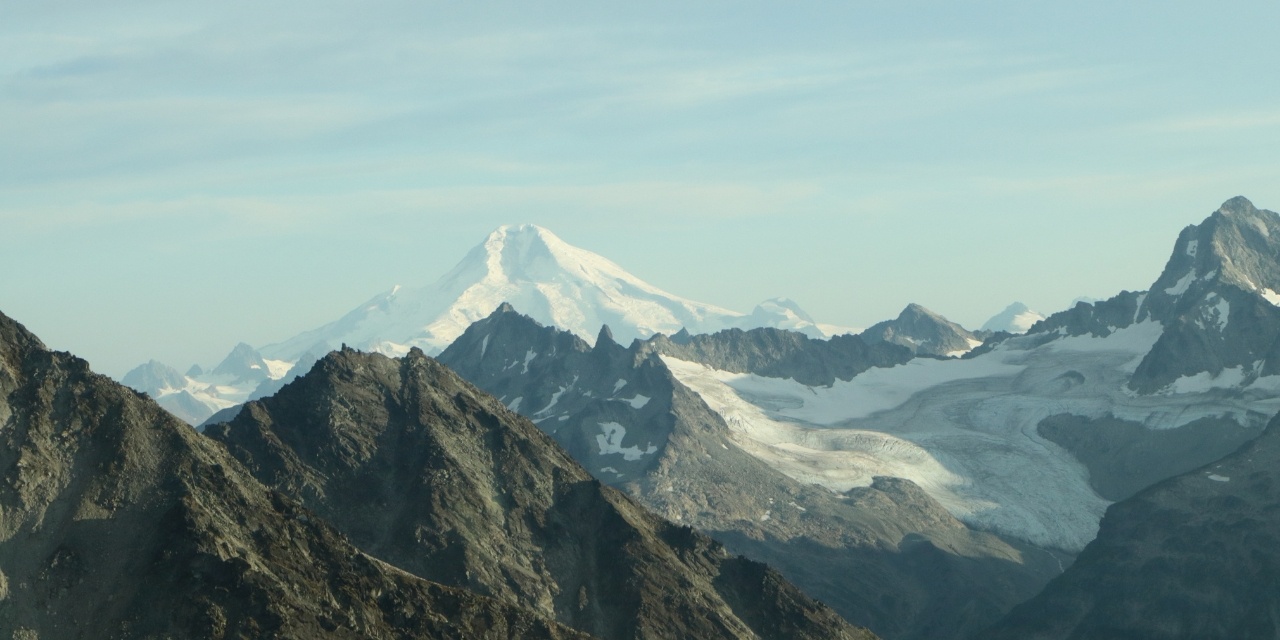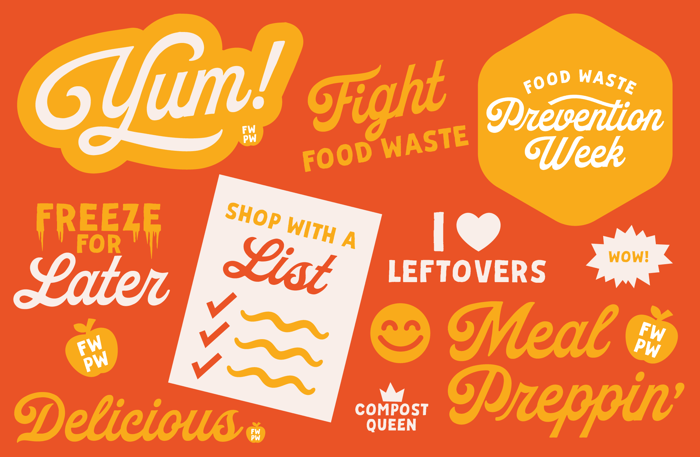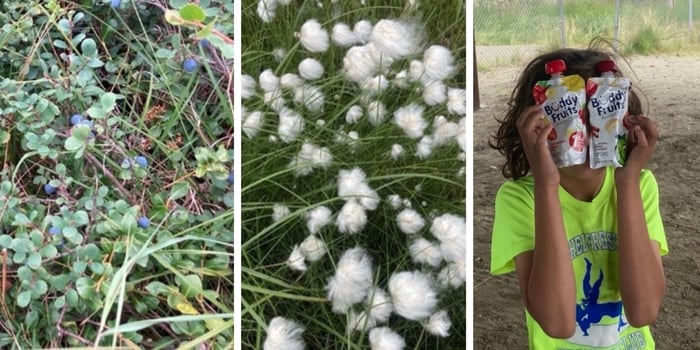Mount Spurr Eruption Preparedness: How to Protect Your Food and Water
How-To Guides • Emergency Relief Efforts • 6 min read • Apr 8, 2025 7:45:00 AM • Written by: Katie Schrooten

If volcanic ash blows into Anchorage, here’s how to keep your meals safe and your family nourished.
When Mt. Spurr erupts—and it has before—volcanic ash can be carried by high-altitude winds straight into Southcentral Alaska. In fact, the last time Mt. Spurr erupted in 1992, it blanketed Anchorage in about an eighth of an inch of ash, forcing Ted Stevens Anchorage International Airport to shut down for 20 hours and disrupting life across the city.
If ashfall from Mt. Spurr reaches Anchorage again, your food and water supply could be impacted—even if you're nowhere near the volcano itself.
At Food Bank of Alaska, we want to help you prepare before the ash starts falling. This guide focuses on protecting your food, water, and overall nourishment—because even in an emergency, everyone deserves access to safe meals.
Why Volcanic Ash Is a Food Safety Concern
Ash from Mt. Spurr isn’t just dirt. It’s a gritty, abrasive mix of tiny rock, mineral, and glass particles that can:
-
Contaminate food and water supplies
-
Scratch skin and lungs
-
Damage crops and livestock
-
Interrupt electricity and water service
Even a light layer of ash can cause serious health concerns if ingested, especially for young children and older adults.
What to Avoid Eating
- Do not eat food that has been exposed to ash, especially if it was left outdoors, stored in open containers, or near vents or windows
- Wash garden produce thoroughly before eating—preferably with clean, running water
- Keep pet food sealed and indoors during and after ashfall
What to Stock in Your Emergency Food Kit
Prepare to be self-sufficient for at least 3 days, but ideally up to 7–10 days, in case stores close or roads are unsafe.
Focus on food that:
-
Doesn’t require cooking
-
Doesn’t need refrigeration
-
Requires minimal water to prepare
Smart items to have on hand:
-
Canned soups, vegetables, beans, fruit
-
Dry pasta, rice, crackers, cereal
-
Nut butters, granola bars, jerky
-
Baby formula and shelf-stable baby food
-
Pet food and snacks
-
Manual can opener!
Water Is Just As Important
Ash can contaminate open water sources and potentially affect city water, depending on the severity.
-
Store at least one gallon of water per person per day
-
Follow boil water advisories from AWWU or Alaska DEC
-
Have backup methods for purifying water (boiling, filtration tablets, etc.)
Food Prep & Clean-Up Tips
Ash can easily find its way into your home—take steps to keep your kitchen safe:
-
Keep windows and doors closed
-
Cover vents and wipe down counters frequently
-
Wash your hands before handling any food
-
Store food in sealed containers
-
Use food from your refrigerator first, then freezer, then pantry if the power goes out
Expect Delays in Food Deliveries
Volcanic ash doesn’t just affect the air—it can delay food from getting to your community.
-
Ashfall may ground cargo planes and delay barge shipments, disrupting supply chains across Alaska.
-
Grocery stores may see shortages or limited restocking in the days following an eruption.
-
Rural and remote communities that rely on air cargo could experience longer delays.
📦 Stock up now on shelf-stable foods, baby supplies, and pet food—especially if your household needs specific dietary items or lives off the road system. Preparing ahead means fewer worries later.
Temporary Food Bank Closure During Ashfall
To keep our staff, volunteers, and community safe, Food Bank of Alaska will close during heavy ashfall events and suspend in-person services until conditions improve.
We’ll reopen as soon as it is safe to do so and will post regular updates on our website and social media.
During closure:
- Visit foodbankofalaska.org for updates and emergency food resources
- Call 2-1-1 to find food assistance near you or get connected with local services
Even when our doors are closed, we’re working behind the scenes to ensure a strong and swift response once it’s safe to resume operations.
Stay Informed
For official updates during volcanic activity:
-
Follow @alaska_avo and @AK_EMA on X for timely alerts
Keep Your Food Safe, Even in Emergencies
Related Articles

Nutrition and Meal Planning
Food Waste Prevention: Why It Matters and How You Can Help

Emergency Food Assistance
Supporting Western Alaska in the Wake of Typhoon Halong

Organizing Food Drives
Your Food Drive Marketing Toolkit

Rural Communities

